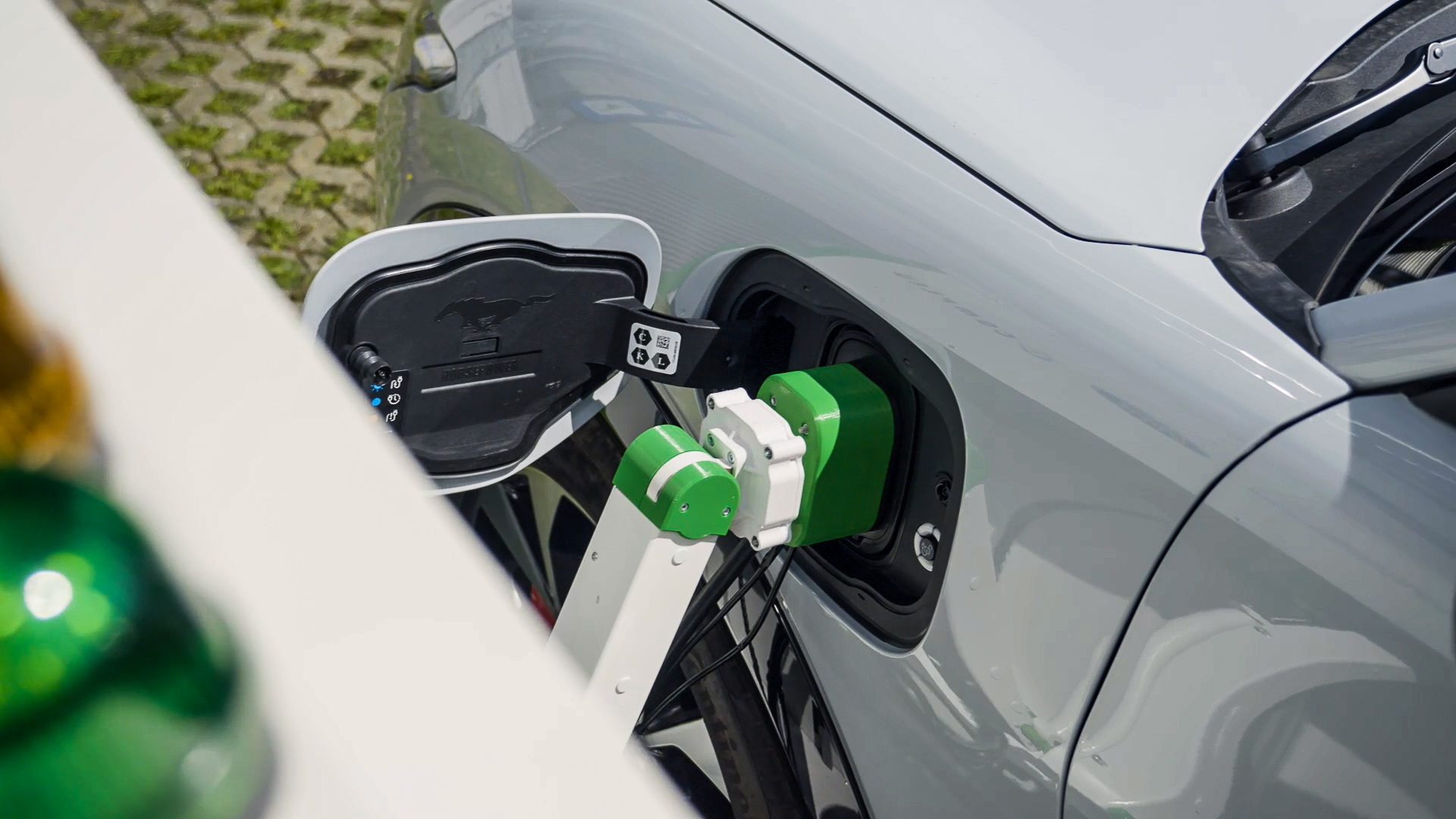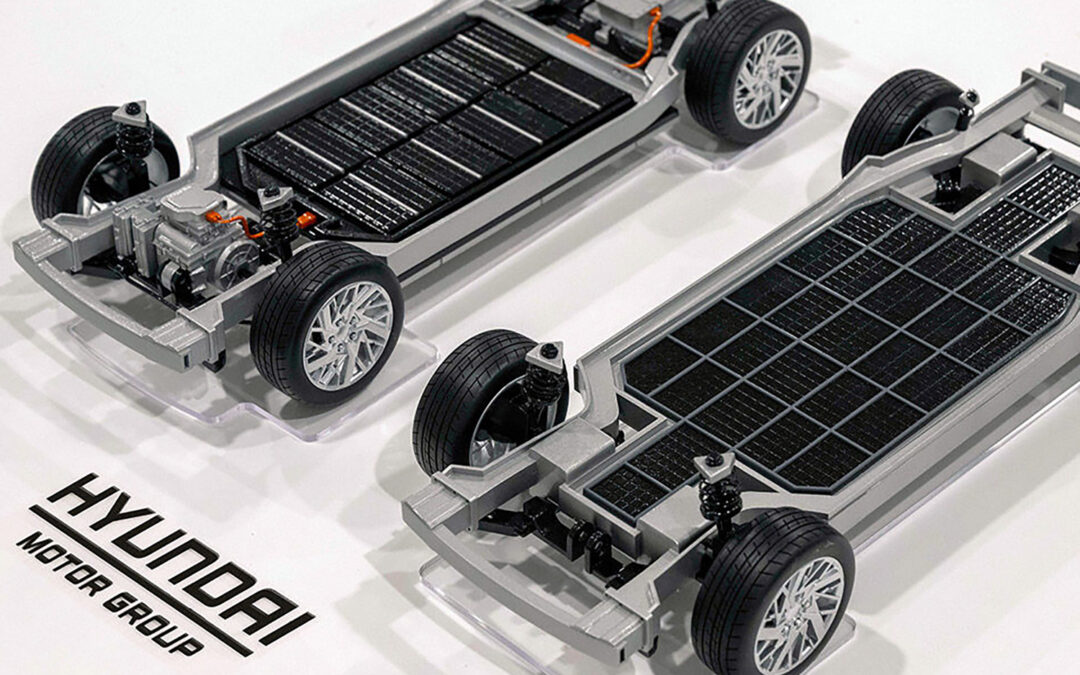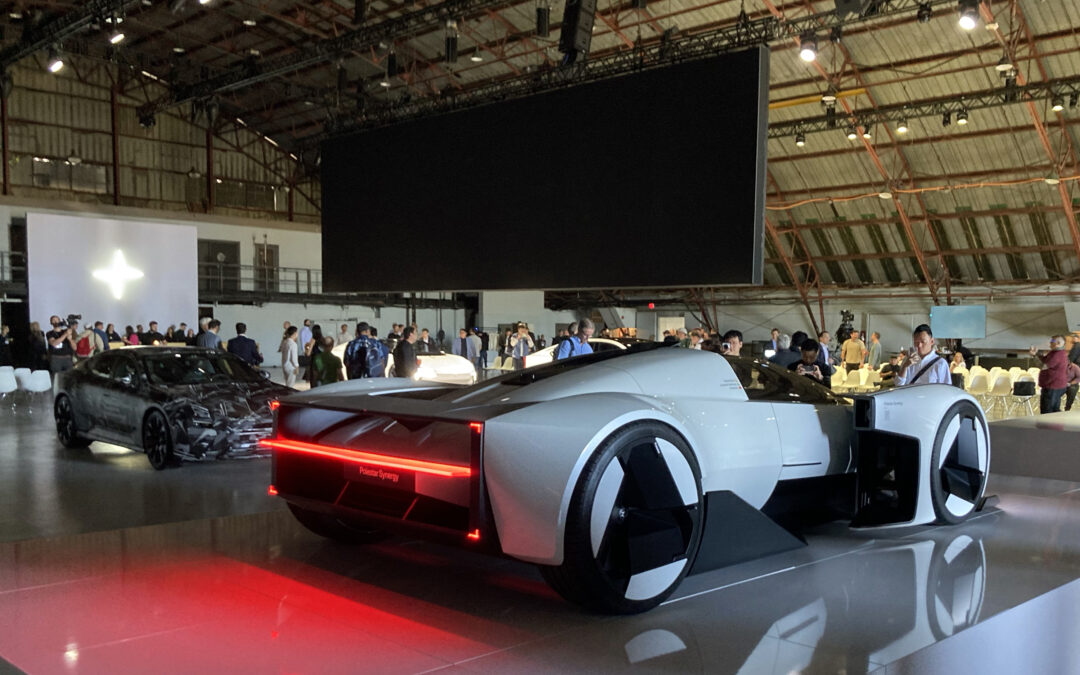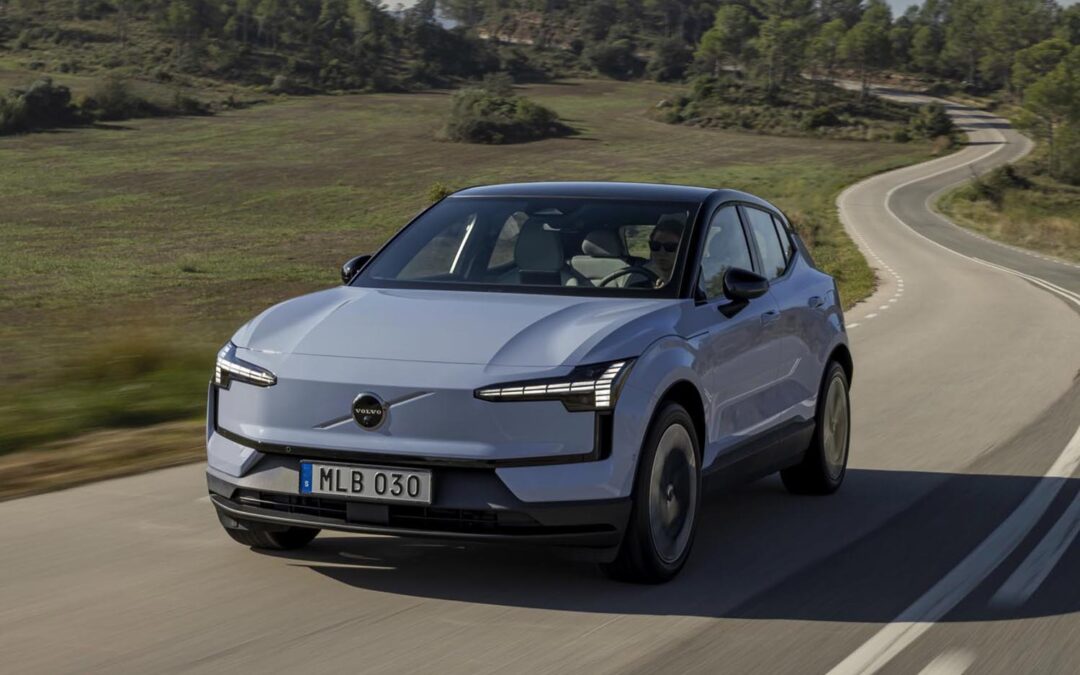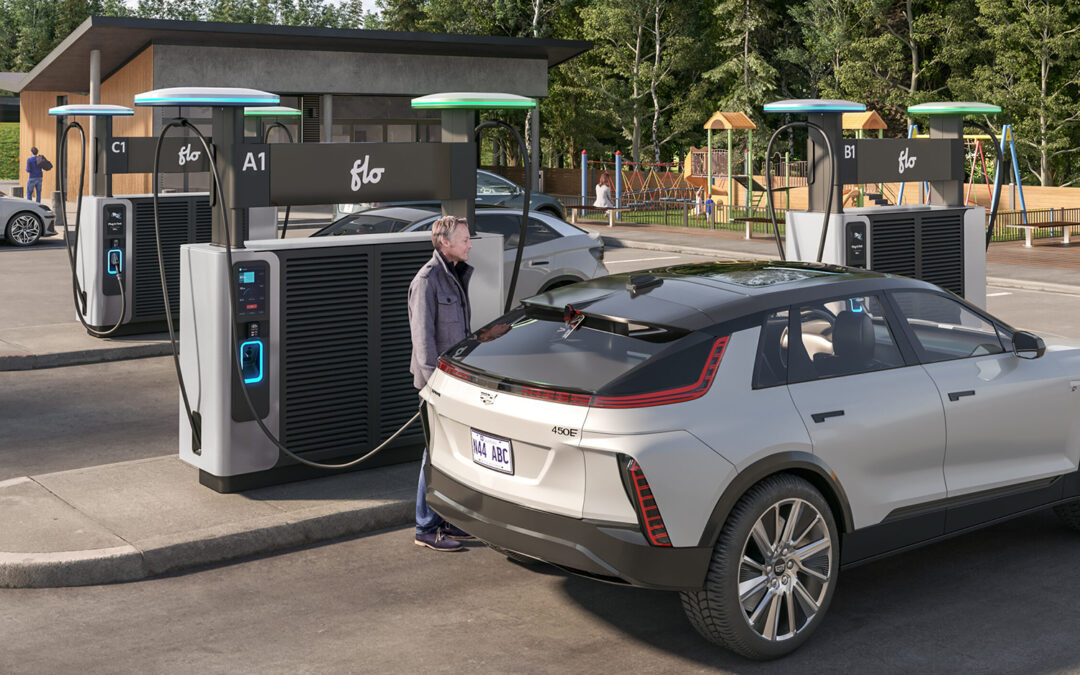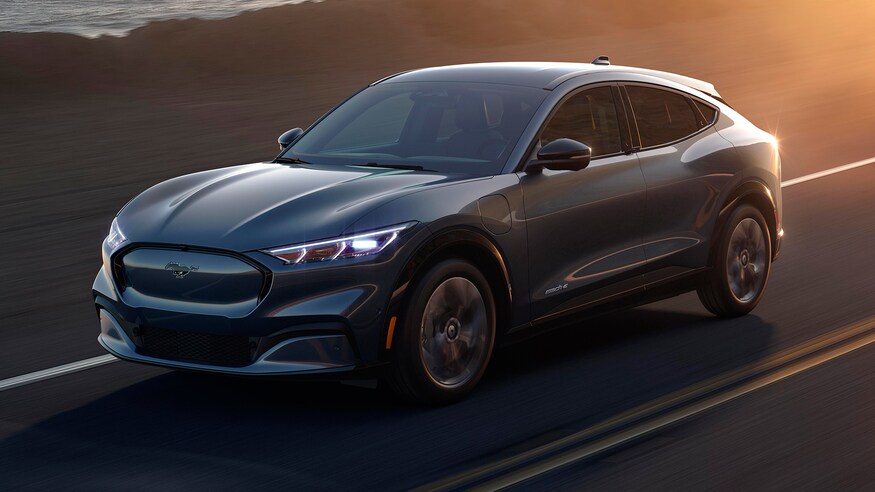Ford is currently trialling a prototype robot charging station, an innovation the American carmaker believes would aid disabled and elderly drivers and/or those with reduced mobility.
Conceived as part of a research project to develop hands-free charging solutions for EVs, and having already been successfully lab tested, the robot charging station is now undergoing real-world trials across Germany with a view to refining the design with help from European charging network operator, IONITY. Moreover, the project follows on from a survey conducted last year by the Research Institute for Disabled Consumers which found that more than half of those polled would consider switching to EVs if charging was made more accessible.
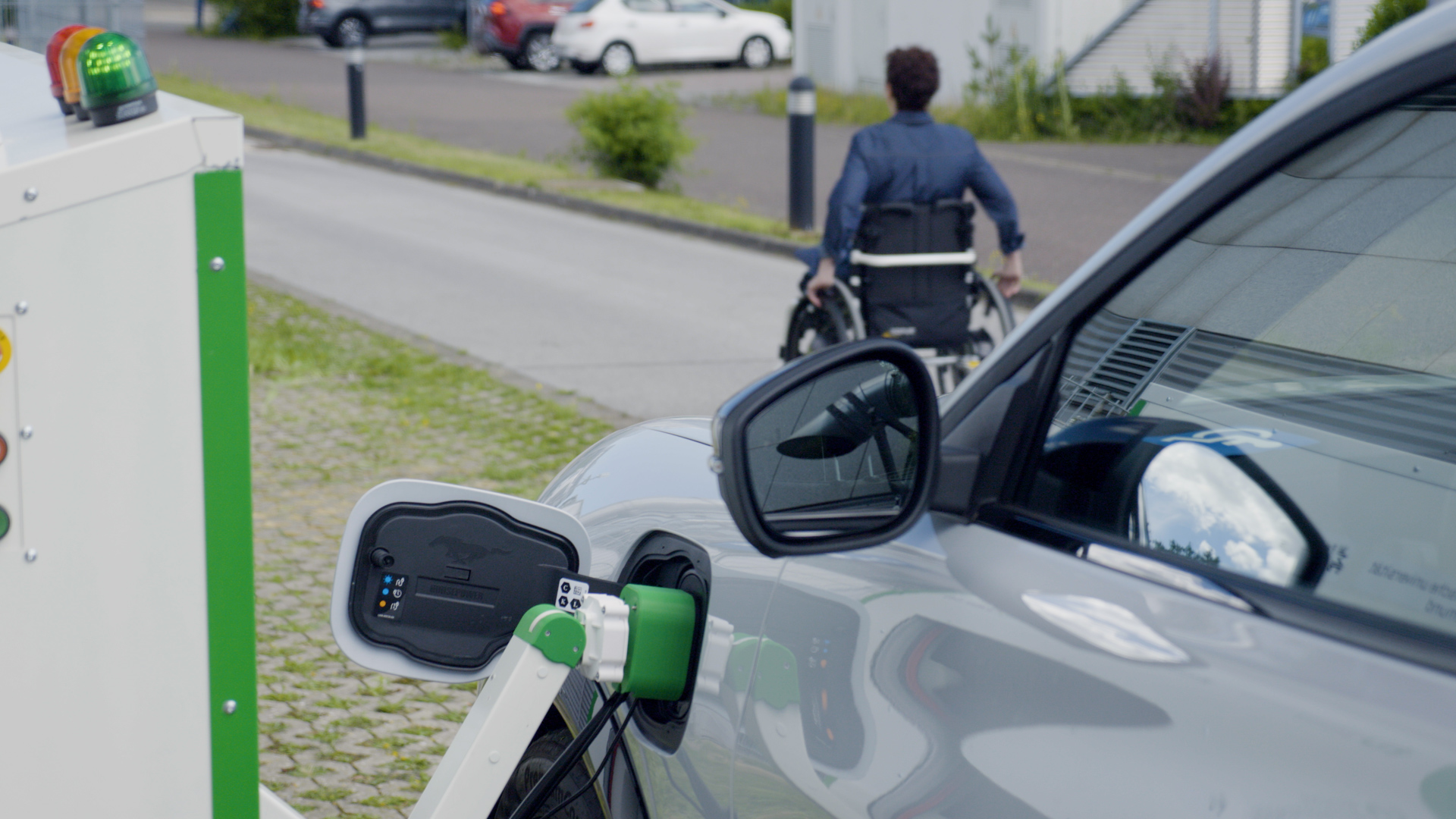
Ford experimental robot charging arm
Custom-made by Dortmund University, the prototype station features a robotic arm controlled via the Ford app on a driver’s smartphone: simply drive up, activate, and the arm, once the station cover has slid back, connects to the EV’s port with the help of an onboard camera. Once charging is complete (or sufficiently so), the robot arm retracts back into place.
Though still at a prototype stage, the robot charging station is another potential step in the Blue Oval’s commitment to carbon-zero emissions. Indeed, Ford even claims that, in the future when autonomous driving technology has been sufficiently developed, drivers with reduced mobility could “send the vehicle to the charging station, with the infrastructure ensuring it reaches and returns from its destination autonomously.” All done with minimal or no driver involvement at all.
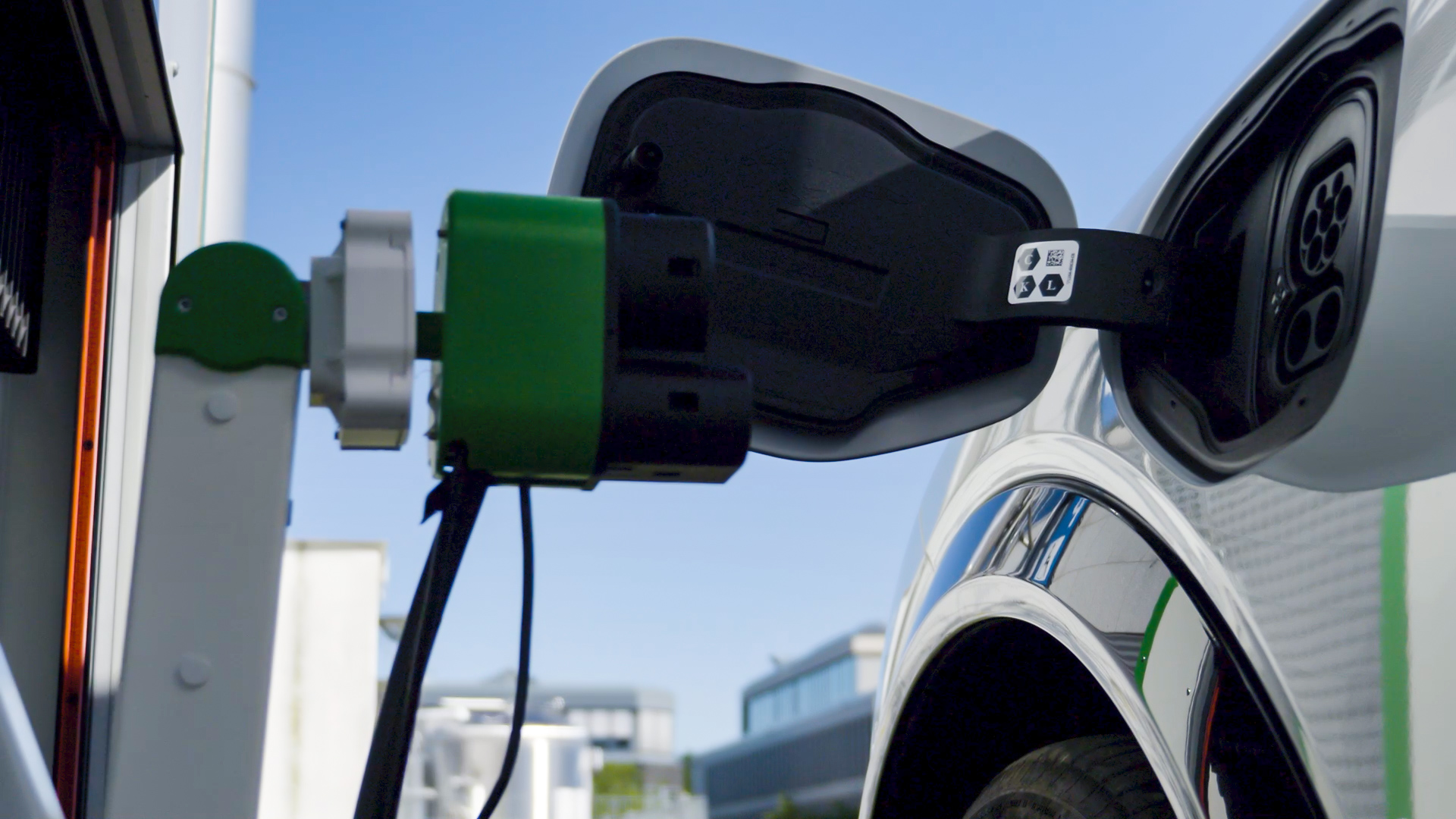
Ford experimental robot charging arm
Ford has further suggested that autonomous and/or robot charging would also be beneficial to company fleets where short turnaround times are crucial.
“Ford is committed to ensuring freedom of movement and right now refuelling or charging your vehicle can be a major problem for some drivers,” explains Ford research engineer Birger Fricke. “The robot charging station could be an added convenience for some people but – absolutely essential for others.”
This admittedly is not the first-time robot charging as a concept has been pursued by manufacturers. Recently, California’s EV Safe Charge introduced ‘Ziggy,’ a mobile charging robot designed to make topping the battery up more convenient in higher ‘traffic’ areas like shopping malls and hotel parking lots without the need for fixed infrastructure (in an added bonus, booking ahead of time means Ziggy can also used to reserve a parking spot). Earlier this year, Continental Tires confirmed it had developed a two-part charging robot for residential homes that did away with the cable altogether in favour of wireless connectivity.
